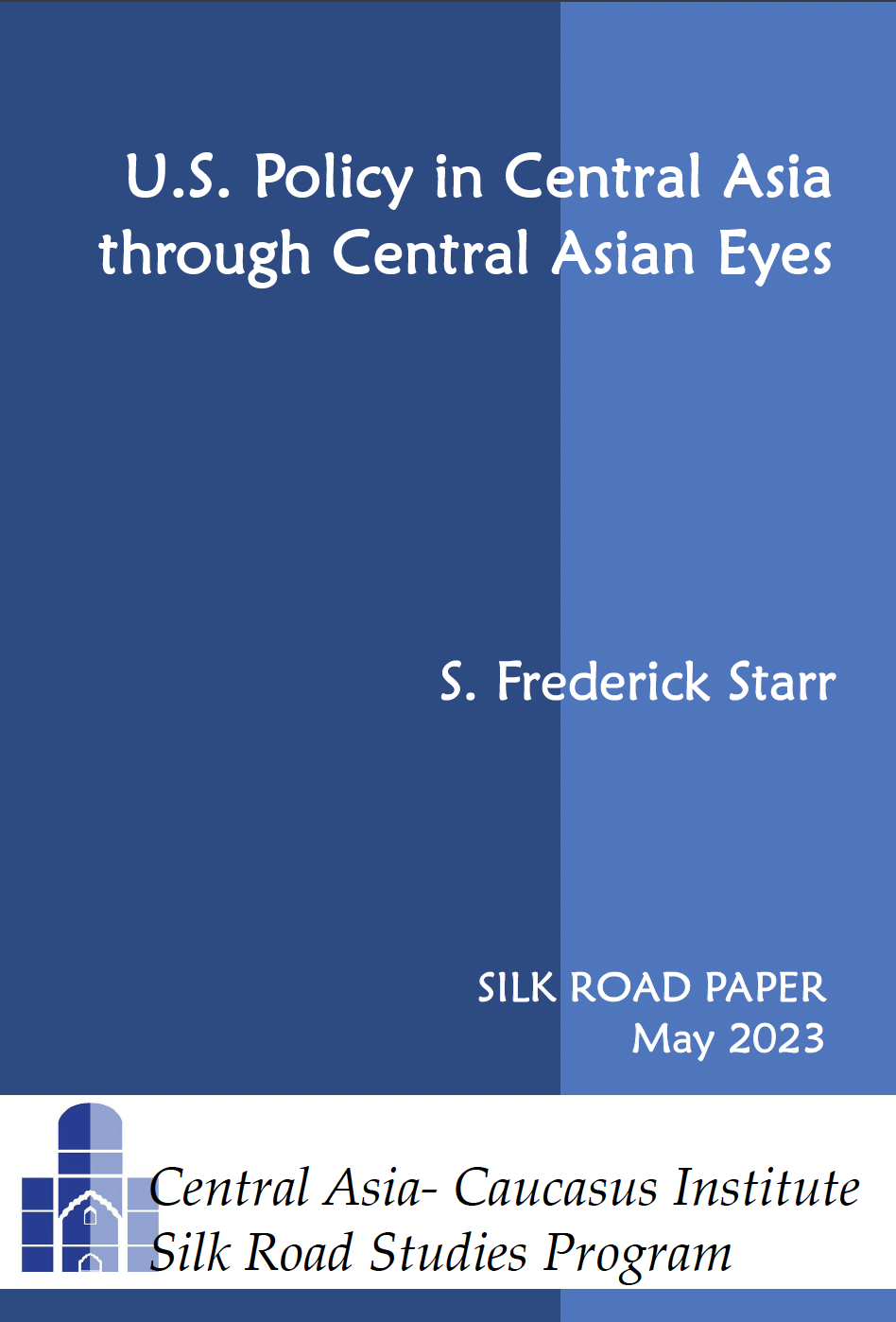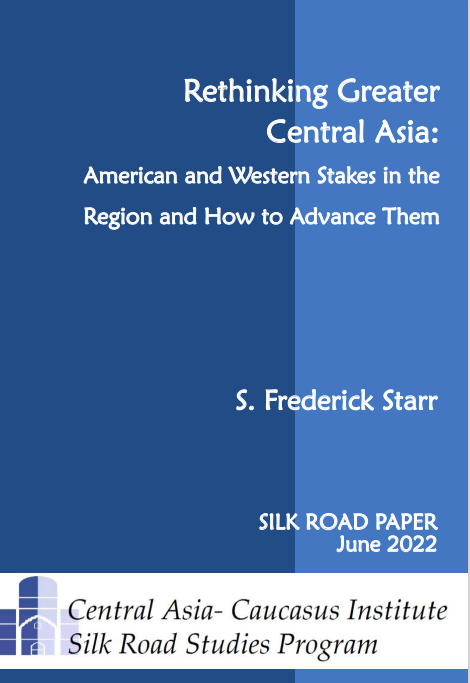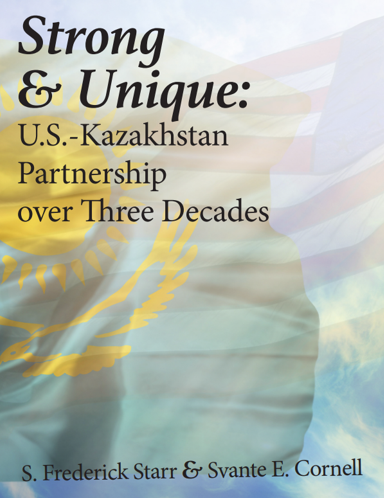IMPLICATIONS. The TAR is an effort to address the mentioned railway shortcomings. Its members are Armenia, Azerbaijan, Bangladesh, Cambodia, China, Democratic People\'s Republic of Korea, Georgia, India, Indonesia, Iran, Kazakhstan, Kyrgyzstan, Laos, Malaysia, Mongolia, Myanmar, Nepal, Pakistan, Republic of Korea, Russia, Singapore, Sri Lanka, Tajikistan, Thailand, Turkey, Turkmenistan, Uzbekistan, and Viet Nam. Of these, ten members, including Georgia, Kyrgyzstan, Turkmenistan and Pakistan did not sign the agreement on November 10 for seemingly short-term political considerations, but are expected to participate in the project for its economic benefits. The TAR is meant to help create the transportation infrastructure for Asia for its growing twenty-first century trade. Thus, it aims at connecting the Far East to Western Europe through a rail link interlinked with highways, while enhancing the port efficiency of the TAR members through the integration of their rail and shipping. The latter will uplift port efficiency in Asia, housing many major ports, including 13 of the world’s top 20 container ports. Moreover, the TAR helps end the geographical isolation from international markets of ten landlocked TAR members by offering them an advanced land transportation system linked to sea routes via the ports of other members. Provided the TAR is fully implemented as a UN-backed agreement now deposited with Secretary General Kofi Annan, it will bring economic gains and political influence for Central Asia and the Caucasus through which the integrated Asian land transportation system will pass. This system will address the difficulties that the Central Asian and Caucasian states aside from Georgia are now facing in conducting their international trade for being landlocked. It will also generate for them significant revenues in transit fees for the passage of Asian and European cargoes through their lands, while facilitating and potentially increasing their international trade. As the land link between Asia and Europe, the Caucasus will especially benefit from the TAR through whose territory the majority of Asian and European land-based trade will pass. The TAR will also further boost trade through the Caucasus and thus generate revenues for its states by helping expand the North-South Corridor Agreement (NSCA). Being in operation for about four years, this trilateral agreement of Russia, Iran and India has provided traders opting for it with a much shorter Asian-European trade route than that via the Suez Canal. Its land and sea routes connect Europe to India via Russia and Iran, a means to facilitate Asian-European trade. The Caucasian states’ membership in the TAR in which Iran and Russia are also members will avail its Asian-European land link to the NSCA, now using mainly the Caspian Sea for the connecting link between Iran and Russia. This will further increase the TAR\'s importance and gains for the Caucasians.
CONCLUSIONS: It is not yet clear how soon and through what funding mechanism the required railway construction for connecting the Asian railroads will start, an estimated 6,500 kilometers of railroads. Nor is it known at this stage as to how solutions will be found to address other obstacles such as differing rail widths in TAR countries. Nevertheless, what is undoubtedly known is that the TAR is good news for Asia and particularly for Central Asia and the Caucasus. Given the emergence of Asia as a major trading continent and its growing economies and populations, this railroad project – once operational – will have a positive impact on those regions by both facilitating their trade and turning them into a major transport route. It therefore has a potential to improve significantly those regions’ economies whose extent will be determined by the amount of TAR-related cargoes passing through those regions, while pushing up their political clout worldwide as part of a major trade route.
AUTHOR’S BIO:
Dr. Hooman Peimani is an Associate Senior Research Fellow at the Centre for International Cooperation and Security (CICS), Department of Peace Studies, University of Bradford, UK.





 Book S. Frederick Starr and Svante E. Cornell,
Book S. Frederick Starr and Svante E. Cornell,